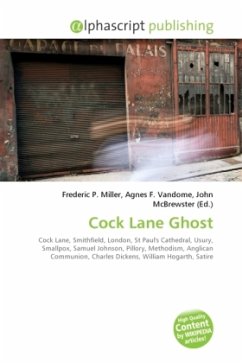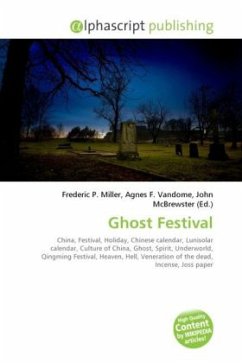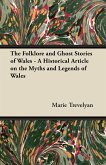The story of the Cock Lane ghost attracted mass public attention in 18th century England before being exposed as a hoax. Cock Lane is a short alleyway adjacent to London's Smithfield market, a few minutes' walk from St Paul's Cathedral. In the 1760s an apartment along the alley became the focus of attention over a reported haunting. The story centred on three people: William Kent, a usurer from Norfolk, Richard Parsons, a parish clerk, and his daughter Elizabeth. Following the death of his wife Elizabeth Lynes, during childbirth, Kent had become romantically involved with her sister, Fanny. The couple were prevented by canon law from marrying, but moved to London, where they lodged at a property owned by Parsons. While there, reports of strange knocking sounds and ghostly apparitions were made. Kent also loaned Parsons a sum of money, which the latter did not repay, and Kent responded by suing him. Fanny became pregnant and the couple moved out, at which point the knocking soundsceased, but she later died of smallpox. About 18 months later, once Kent had successfully sued Parsons for the outstanding loan, the latter claimed that his property was haunted by Fanny's ghost. The hauntings appeared to centre around his eldest daughter, Elizabeth, and regular séances were held to determine "Scratching Fanny's" motives; Cock Lane was often made almost impassable by the throngs of interested spectators who gathered there. A commission, whose members included Samuel Johnson, investigated the matter, and it concluded that the supposed haunting was a fraud. Further investigations proved that the scam was being perpetrated by Elizabeth Parsons, under duress from her father. The conspirators were prosecuted, and Richard Parsons was pilloried, and sentenced to two years in prison. The story became a focus of controversy between the Methodist and Anglican churches, and is frequently referenced in contemporary literature. Charles Dickens is one of several Victorian authors who allude to the story in their literature, and the pictorial satirist William Hogarth referenced the story in two of his prints.
Bitte wählen Sie Ihr Anliegen aus.
Rechnungen
Retourenschein anfordern
Bestellstatus
Storno








